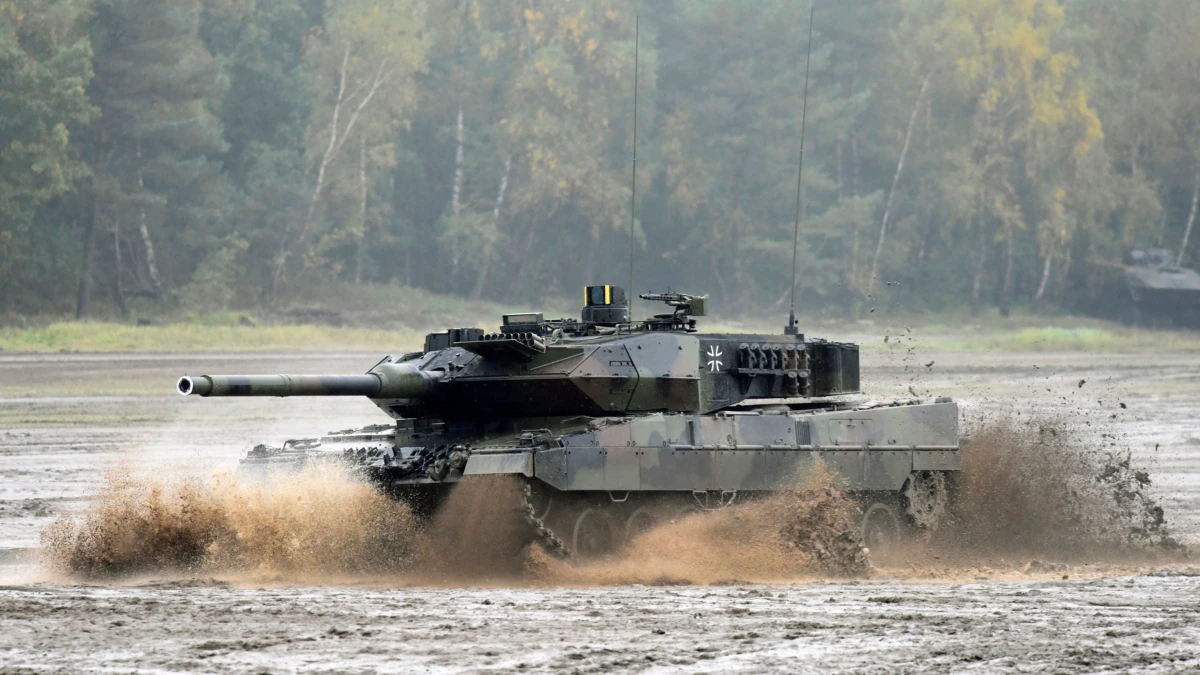By: Ethan Shen
European armies have pledged tanks to Ukraine, only to find their own tanks are in a state of disrepair. “War was a theoretical thing. So we have theoretical tanks,” explained Christian Molling. For decades, European countries have enjoyed a post-Cold War peace, seeing war as a thing of the past. Therefore, they spent their military sparingly, believing the war was not possible. After Russia’s 2014 invasion of Crimea, Nato countries pledged 2% of their GDP to military use by 2024. However, only 9 countries have achieved that goal. Thirteen countries, including Germany, were spending 1.5% or less of their GDP. The shrunken armies are now being referred to as “bonsai armies” at NATO, after the miniature trees.
Even as more politicians are trying to donate tanks, they find that their armies are fiercely opposed to this decision. As European armies are trying to resupply, many military leaders do not want to weaken their armies even more. Because demand for the tanks was low, the manufacturing capability to produce more tanks is very limited. Because of this, it will take 2-3 years to replace tanks that get sent off to Ukraine. Gustav Gressel says that is exactly the reason European armies should buy more tanks. “Yes, Russia will constitute itself as a military threat to NATO after this war. But it will take years for them to come back as a military threat.”, explains Gressel, “They have to rebuild an army that is shattered and almost destroyed in Ukraine.” He argues that if European NATO members send their tanks to Ukraine, they can further deplete Russia of its military supplies. All in all, it is clear that European NATO members have to really step up their military game.











